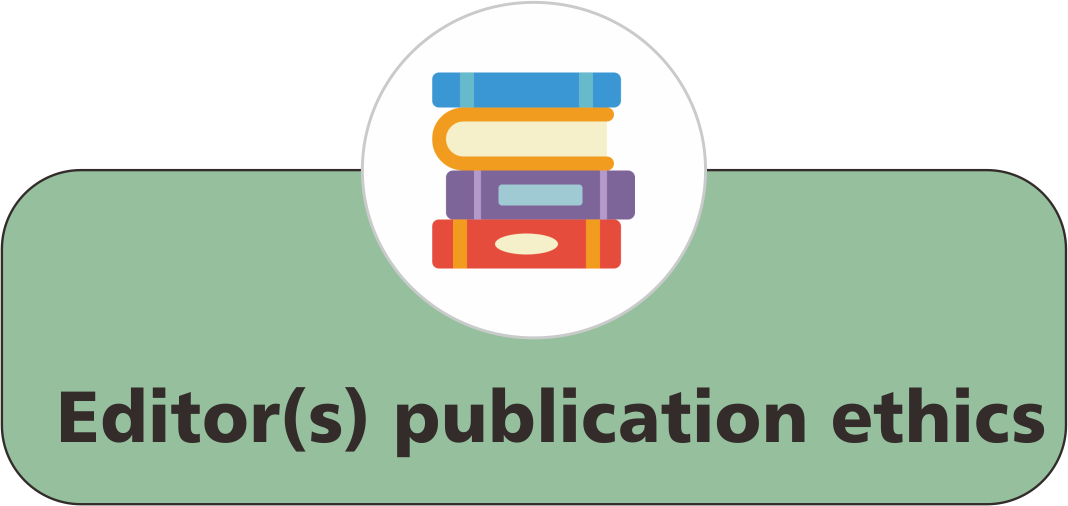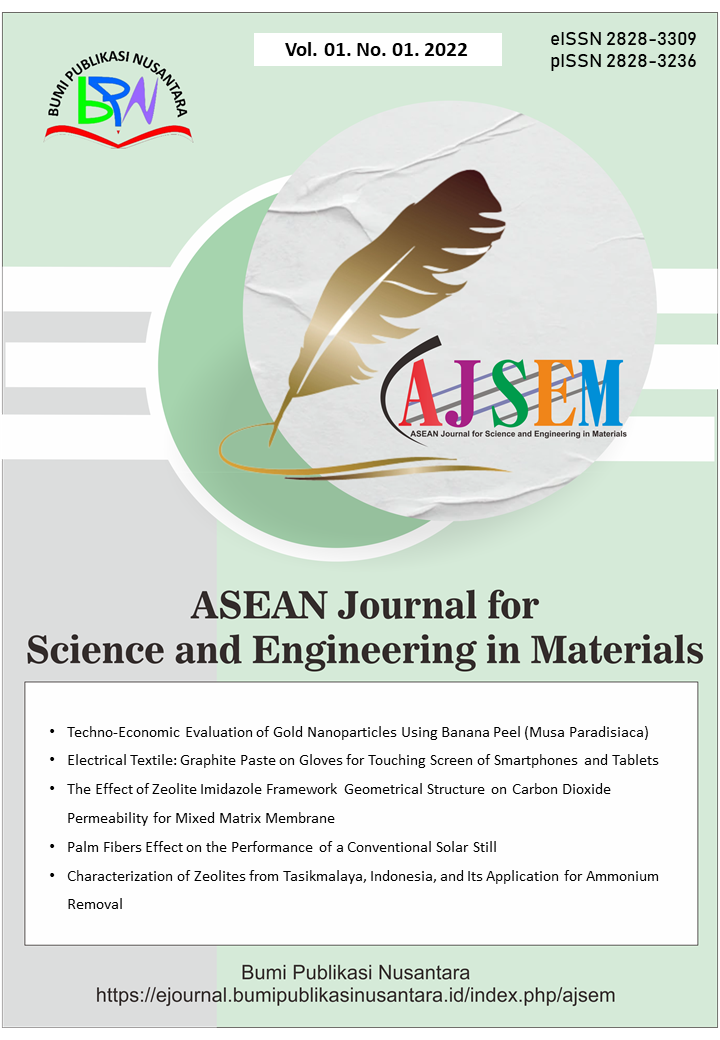Mechanical Design and Analysis of Eco-Print Textile Pounding Machine
 ), Steven Henderson Chang(2), Kushendarsyah Saptaji(3), Farid Triawan(4),
), Steven Henderson Chang(2), Kushendarsyah Saptaji(3), Farid Triawan(4),
(1) The University of Arizona
(2) The University of Arizona
(3) Sampoerna University
(4) Sampoerna University
 Corresponding Author
Corresponding Author
Abstract
Keywords
References
Bureekhampun, S., and Maneepun, C. (2021). Eco-friendly and community sustainable textile fabric dyeing methods from Thai buffalo manure: From pasture to fashion designer. SAGE Open, 11(4), 1-13.
Chen, X., Memon, H. A., Wang, Y., Marriam, I., and Tebyetekerwa, M. (2021). Circular economy and sustainability of the clothing and textile industry. Materials Circular Economy, 3(12), 1-9.
Coombs, C., Hislop, D., Taneva, S. K., and Barnard, S. (2020). The strategic impacts of intelligent automation for knowledge and service work: An interdisciplinary review. The Journal of Strategic Information Systems, 29(4), 1-30.
Farhat, H., and Salvini, C. (2022). Novel gas turbine challenges to support the clean energy transition. Energies, 15(15), 1-17.
Hadisujoto, B., and Wijaya, R. (2021). Development and accuracy test of a fused deposition modeling (FDM) 3D printing using H-Bot mechanism. Indonesian Journal of Computing, Engineering and Design (IJoCED), 3(1), 46-53.
Huang, R., Yan, P., and Yang, X. (2021). Knowledge map visualization of technology hotspots and development trends in China’s textile manufacturing industry. IET Collaborative Intelligent Manufacturing, 3(3), 243-251.
Khoiriyah, N., Alfatih, S. A., Munir, M., and Triawan, F. (2021). Component design and strength analysis of coffin lowering machine for Covid-19 corpse: A problem-based learning. Indonesian Journal of Multidiciplinary Research, 1(1), 137-150.
Meitiana, M., Setiawan, M., Rohman, F., and Irawanto, D. W. (2019). Factors affecting souvenir purchase behavior: valuable insight for tourism marketers and industry. Journal of Business and Retail Management Research, 13(3), 248-255.
Nurmasitah, S., and Sangadah, S. F. (2023). The quality of Jatropha leaf ecoprint products using steaming and pounding techniques. In IOP Conference Series: Earth and Environmental Science, 1203(1), 012020.
Panchenko, O. (2023). Assessing the accuracy of modeling the tubbing erector manipulator mechanism in solidworks motion program. Natsional'nyi Hirnychyi Universytet. Naukovyi Visnyk, 2023(3), 75-80.
Peng, J., Hou, C., and Shen, L. (2022). Progressive collapse analysis of corner-supported composite modular buildings. Journal of Building Engineering, 48, 103977.
Poon, S. (2020). Symbolic resistance: tradition in batik transitions sustain beauty, cultural heritage and status in the era of modernity. World Journal of Social Science, 7(2), 1-10.
Rahayuningsih, E., Marfitania, T., Pamungkas, M. S., and Fatimah, W. S. (2022). Optimization of cotton fabrics dyeing process using various natural dye extracts. Jurnal Rekayasa Proses, 16(1), 58-65.
Vanova, R., Igaz, R., Nemec, M., Stefkova, J., and Stefko, J. (2021). A Passive wood-based building in slovakia: Exploring the life cycle impact. Forests, 12(12), 1-23.
Wang, Q., Zhang, G., Zheng, X., Ni, Y., Liu, F., Liu, Y., and Xu, L. R. (2023). Efficient characterization on the interlayer shear strengths of 3D printing polymers. Journal of Materials Research and Technology, 22, 2768-2780.
Wang, Y. W., Yi, Q. Z., Ding, Y., Ji, F., and Wang, N. (2021). Study on the factors influencing the dyeing performance of cotton fabric with vat dyes based on principal component analysis. The Journal of the Textile Institute, 112(9), 1460-1466.
Widiawati, D., and Arfan, N. (2020). Utilization of local resources for batik design development in Indonesia textile industry. PalArch's Journal of Archaeology of Egypt/Egyptology, 17(4), 1609-1627.
Xue, L., Li, H., Li, A., Zhao, Z., Li, K., Li, M., and Song, Y. (2022). Non‐hookean droplet spring for enhancing hydropower harvest. Small, 18(18), 2200875.
Yang, R., Pei, S., Xie, Y., Yan, X., Inta, A., and Yang, L. (2023). Ethnobotanical research on dye plants used by the baiyi indigenous peoples’ from Heqing County, Dali, Yunnan, China. Diversity, 15(7), 856.
Article Metrics
Abstract View : 1094 times
: 1094 times Download : 582 times
Download : 582 times
Refbacks
- There are currently no refbacks.
Copyright (c) 2023 Bumi Publikasi Nusantara

This work is licensed under a Creative Commons Attribution-ShareAlike 4.0 International License.









